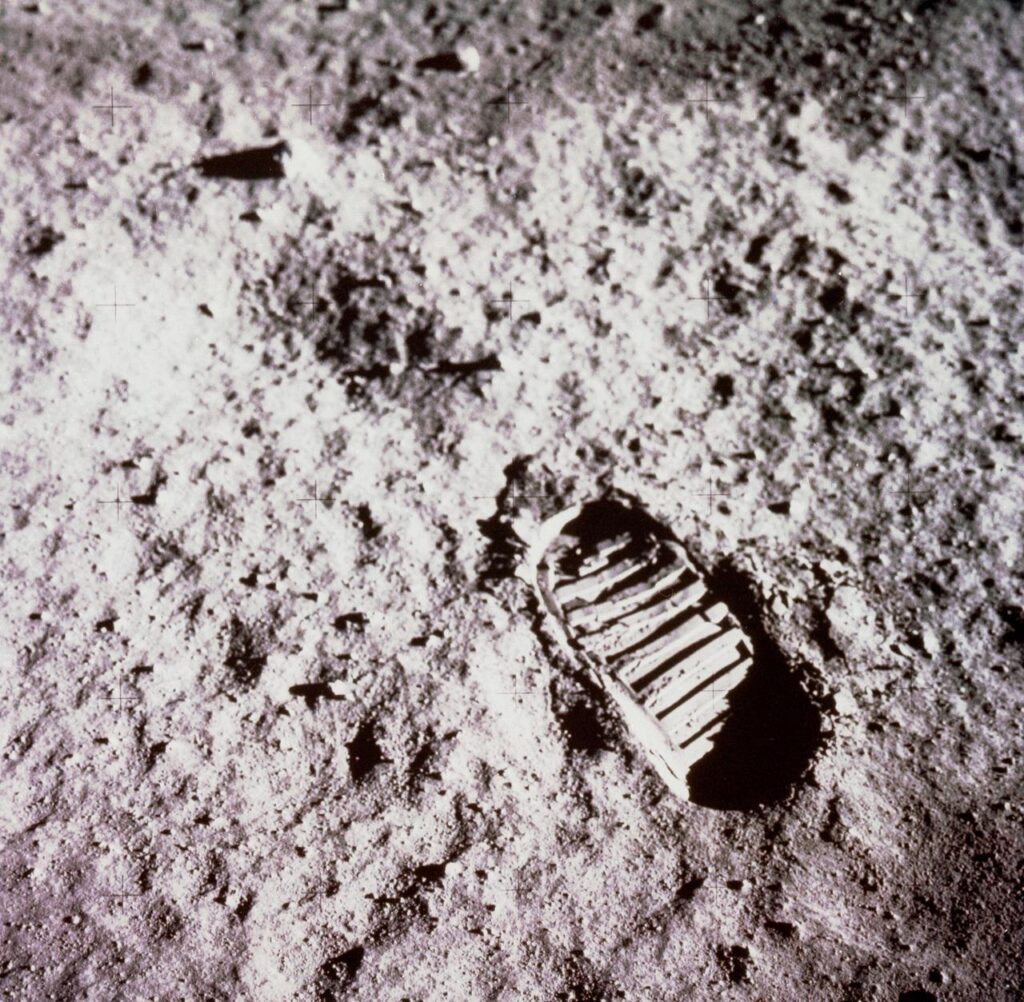Over the decades of human space exploration, a number of timepieces have accompanied astronauts on their journeys beyond our planet, each carefully selected for its precision and reliability. Among these, the Omega Speedmaster Professional is perhaps the most renowned, earning its status as the official timepiece for NASA missions. However, several other esteemed watchmakers have also made significant contributions to space history.
Seiko, a revered name in horology, gained recognition when their watches were chosen for astronaut use during the 1970s. The Seiko 6139 chronograph, in particular, was worn by astronaut William Pogue during the Skylab 4 mission, marking its place in space history as potentially the first automatic chronograph to be used in space.

TAG Heuer can trace its involvement with space exploration back to the early days of the space race. Its Heuer Stopwatch was used during the Mercury–Atlas 6 mission in 1962, wherein astronaut John Glenn orbited the Earth, marking an important milestone for the company as a trusted instrument in adverse conditions despite it being used as a clock, not worn on the wrist.
Over in Germany, Sinn, a brand known for its robust, no-nonsense approach to watchmaking, has also been involved in space missions. Sinn watches, including the 140/142 series, were worn by astronauts as they valued the watches’ ability to withstand the extreme conditions encountered during space flight.

Bulova, an American watchmaker with a rich history, also achieved prominence in space exploration. The Bulova Lunar Pilot was borne out of this heritage, famously worn by astronaut David R. Scott during the Apollo 15 mission. Scott used the Bulova chronograph after his issued Omega Speedmaster failed, demonstrating remarkable accuracy and performance on the lunar surface.
Each of these timepieces underscores the indispensable role that precise timekeeping plays in space missions, where timing is critical. These watches represent not only technological innovation and meticulous craftsmanship but also the spirit of exploration and the endeavour to push beyond known boundaries. As space travel continues to evolve, these iconic watches remain symbols of humanity’s persistent quest for discovery.
Considering all these remarkable timepieces, definitely the Omega Speedmaster’s takes the “crown.” Its journey to the moon is a story steeped in a rich legacy of precision, perseverance, and pioneering spirit. Known affectionately as the “Moonwatch,” it was this timepiece that astronauts trusted during one of humanity’s most monumental achievements—the Apollo 11 lunar landing in 1969.

Led by its distinctive design and robust construction, the Omega Speedmaster became an integral part of NASA’s missions. In the rigorous testing process, it surpassed formidable challenges—enduring extreme temperatures, high-pressure environments, intense vibrations, and shocks—to earn its status as NASA’s official chronograph in 1965. This endorsement was a testament to Omega’s commitment to excellence and resilience under the most demanding circumstances.
On July 20, 1969, as Neil Armstrong and Buzz Aldrin made their historic walk on the lunar surface, the Omega Speedmaster transcended its role as a mere instrument of timekeeping. It symbolised human curiosity and determination, accompanying humans beyond the familiar realm of Earth into the vast expanse of space. Aldrin, who wore the watch during the moonwalk, captured the significance of the occasion with every tick of the Speedmaster on his wrist. Its reliable timekeeping remained crucial for mission planning and execution, proving invaluable amidst a landscape where precision was not just desired but essential.
Today, the Omega Speedmaster stands as a timeless icon, a reminder of the remarkable achievements forged at the intersection of human ingenuity and technological prowess. It continues to inspire watch enthusiasts and space aficionados alike, not only for its historical significance but also for its embodiment of the adventurous spirit. As the watch that first touched the moon, the Speedmaster is more than an instrument; it is a piece of legacy, bridging our terrestrial existence with the infinite possibilities etched into the cosmos.












